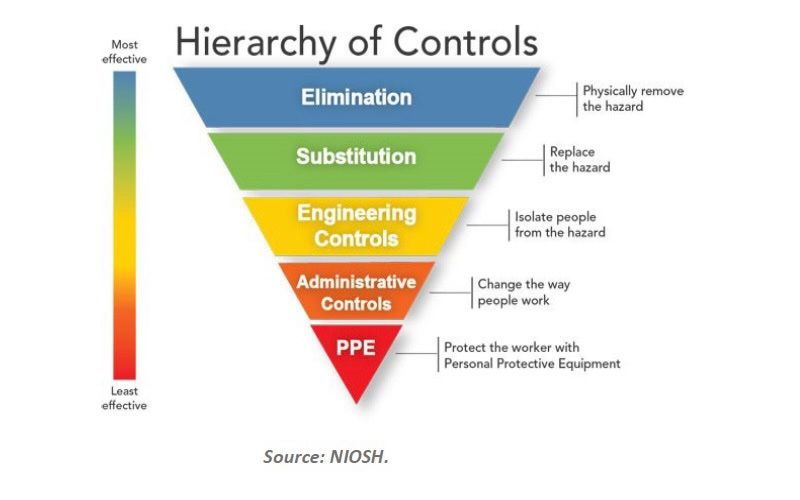In my opinion, the reality of this concept is that there is a very strong reluctance in industry to ever document two words in the same sentence – “risk” and “acceptable”. Residual risk, on the other hand, seems to imply that after risk reduction measures have been applied to a known hazard, some level of reduced risk still exists. It’s generally understood that it’s virtually impossible to drive risk to a zero value. With that said, does this remaining component of risk need to be “accepted”? Or, does it still need to be addresses? It’s kind of like the comparison to a zebra. Is a zebra white with black stripes or is it black with white stripes?
In the final analysis, how much does this level of granularity really matter? I believe that the goal is to achieve operator safety. So, shouldn’t we all follow the following steps?
- Perform a thorough risk assessment
- Identify the hazards
- Apply risk reduction measures
- Document the process
For more on Machine Safety visit: www.jbtitus.com



